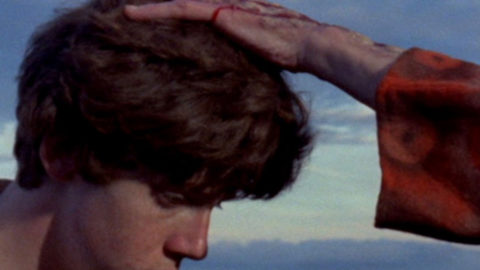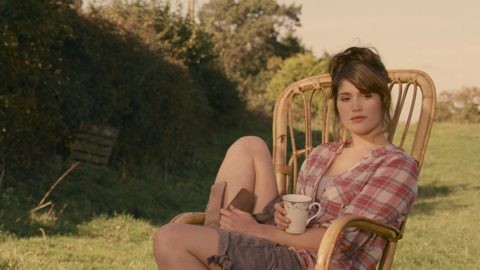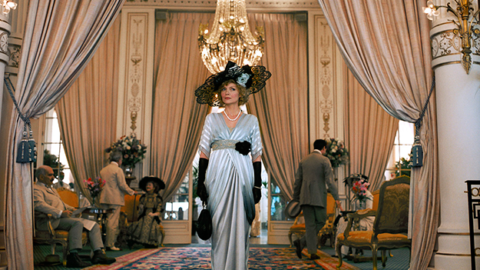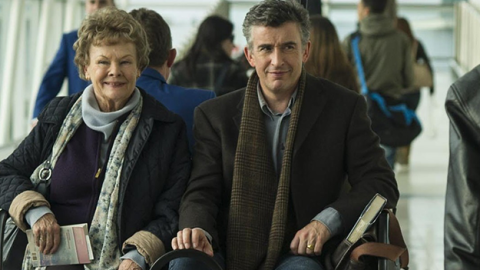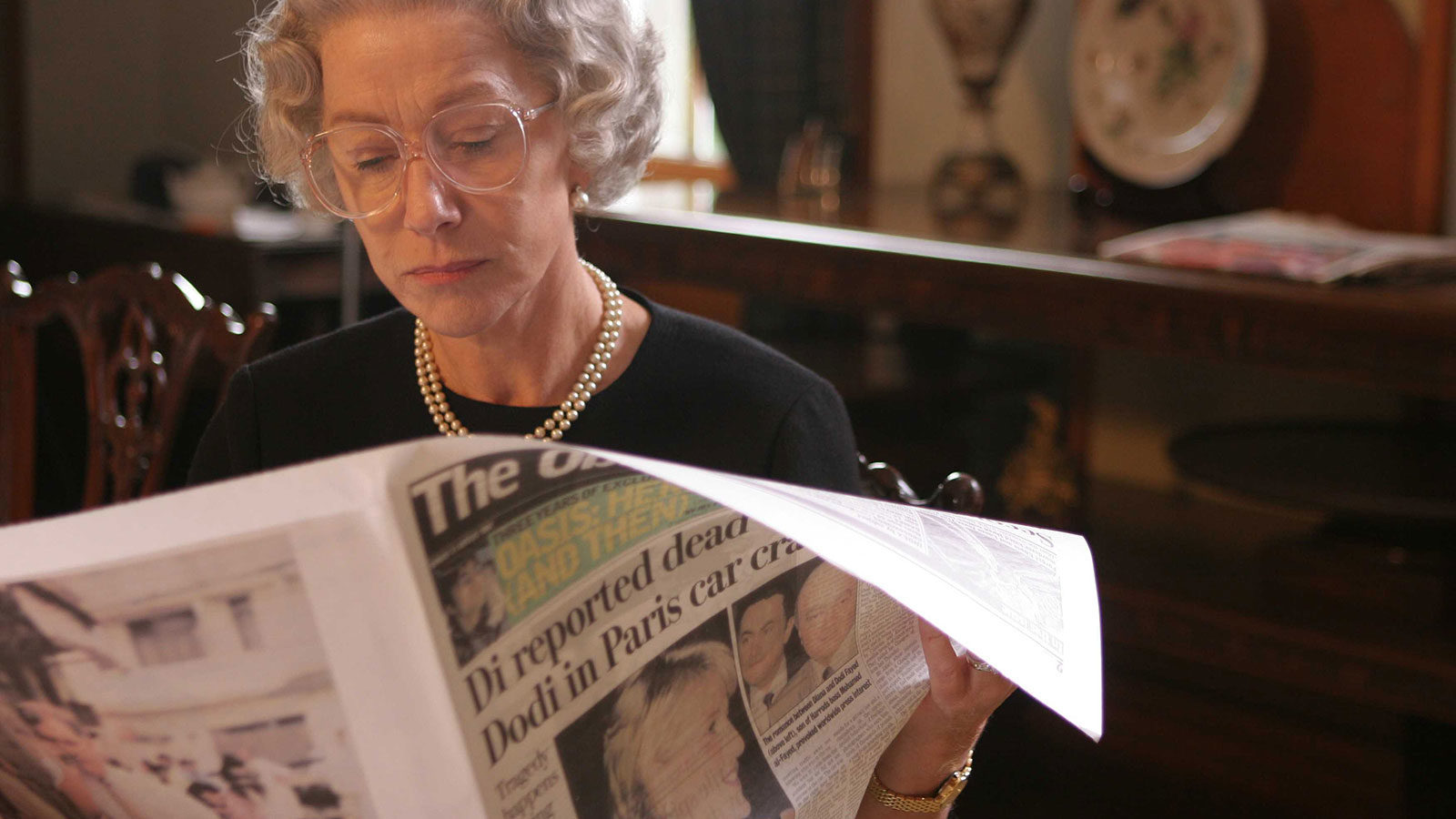
Royal Pains: The Queen
The Queen may be Stephen Frears’s most subtle film, but it’s also a political time bomb that will ignite a firestorm of outrage in Britain. Frears and writer Peter Morgan presumably made it as a companion piece to The Deal, their 2003 TV drama about the alleged brokering of a pact between Labour Mps Tony Blair and Gordon Brown to give Blair the party leadership; Michael Sheen plays Blair in both.
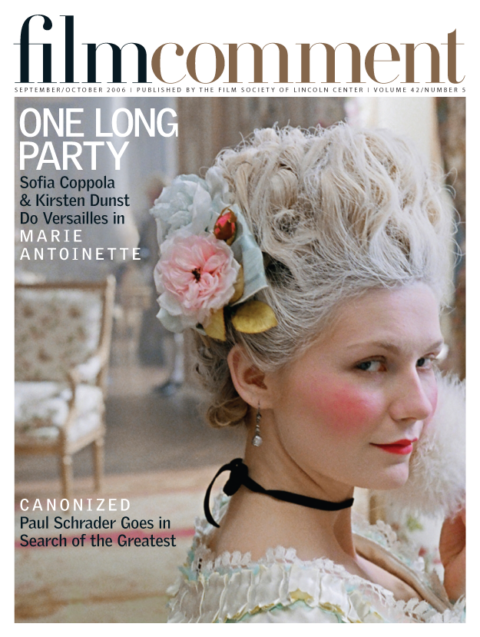
The new film depicts the newly elected Prime Minister’s battle of wills with Elizabeth II (Helen Mirren) following the death of the former Princess Diana on August 31, 1997. For nearly a week, Elizabeth resisted Blair’s entreaties that she fly the Royal Standard at half-mast over Buckingham Palace and leave her Scottish retreat, Balmoral, for London to reciprocate publicly the overwhelming grief of her subjects. Reluctantly setting aside hundreds of years of royal protocol and tradition, and her antipathy for the errant Diana, Elizabeth eventually decided to return to the capital, grant her a public funeral, and chat with mourners outside Buckingham Palace. These concessions represented a victory for Blair, though Elizabeth supposedly restored her reputation with her late rally and subsequently by stepping up her charitable works.
Elizabeth is portrayed, initially at least, as cold and unfeeling, Prince Philip (James Cromwell) as callous and elitist, Prince Charles (Alex Jennings) as manipulative and paranoid, and the Queen Mother (Sylvia Syms) as dotardly and self-absorbed. Blair is ostensibly compassionate, though he seizes the opportunity to enhance his popularity. His unabashedly republican wife Cherie (Helen McCrory) is appealingly blunt, describing the dysfunctional Windsors as “a bunch of freeloading, emotionally retarded nutters.”
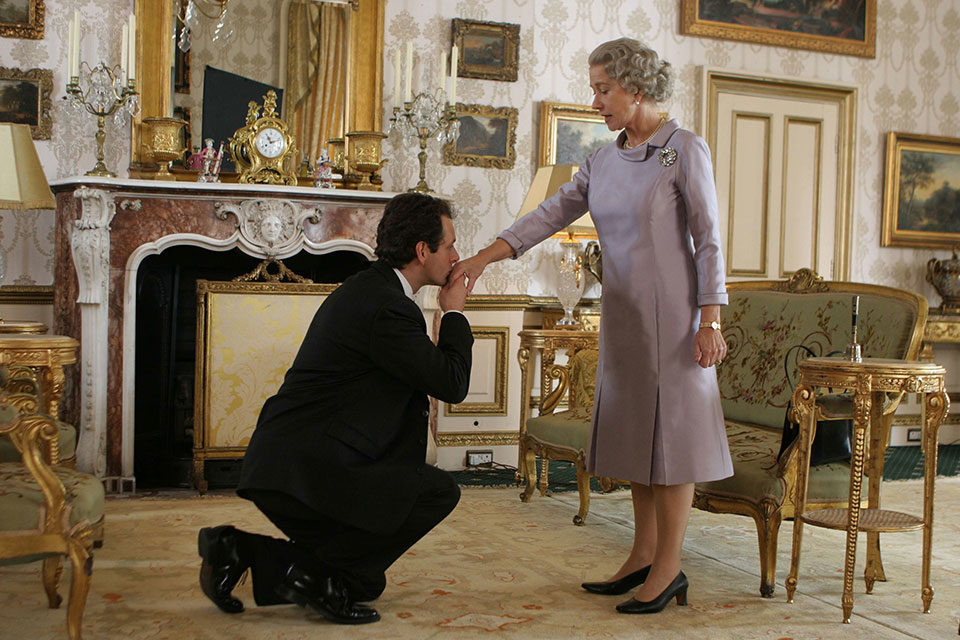
The film makes brilliant use of juxtaposition to underscore the class divide between the Windsors and the Blairs. It contrasts Philip and Charles in their tweeds and kilts with Blair in his soccer shirt, Philip tinkering with his barbecue in the Highlands with Blair being asked by Cherie if he wants fish sticks for tea. But in its balanced dialectical perspective, the movie is more objective than London’s tabloid red-tops and Tory “qualities” are likely to be when it opens in the U.K. If it’s not a socialist lament like Frears’s collaborations with Hanif Kureishi, My Beautiful Laundrette and Sammy and Rosie Get Laid, it is finally critical of Blair’s softening of the “modernization” ticket on which he swept to power. As the subtext—should Britain become a Republic?—emerges, the champion of New Labour begins to defend Elizabeth, earning Cherie’s scorn: “Is it a mother thing?” she asks him, “I don’t know why all Labour Prime Ministers go ga-ga for the Queen.” (McCrory has the best lines.) By the time he meets with Elizabeth two months after the crisis to discuss his agenda for his first Parliament, he has become an appeaser, one whose “fulsome” praise does not fool her.
Elizabeth slowly gains in empathy. She can be mettlesome—slamming the phone down on Blair, getting out of her Land Rover when Charles starts whining about his fear of being shot, speeding the same vehicle along a bumpy Highland track and attempting to cross a river, where it breaks down (“Bugger it,” she pleasingly remarks). But by then doubts about her motherhood, and her conflict about her responsibility to the Crown on one hand and the people on the other, have made her a diffident, careworn woman.
Typically passionate in the title role of HBO’s Elizabeth I, Mirren has seldom been a passive actress, but she dominates the screen here with quiescence: her Elizabeth is clipped, dry, and repressed, if not without wry humor. Frears frequently captures her in repose—simply thinking. What she is thinking in the pair of sequences that comprise the film’s central metaphor is unclear. As she waits by the Land Rover for help to come, she is seen from above and behind, isolated in her crowdless domain, and starts to sob. Her face is completely blurred in the next frame, which she shares with a stag looming up over her shoulder in the middle distance. The beast is the object of a “stalk” absurdly arranged by Philip to distract princes William and Harry from their mother’s death. This is an obvious reference to the way Diana was hounded by the paparazzi and, indirectly, by the royal family, an idea presumably derived from the funeral address by her brother, Charles Spencer, in which he commented on the irony of his sister being named for the virginal huntress of Roman myth, who was often depicted with a deer. “Oh, you beauty,” Elizabeth cries when she sees the stag—implying she never said it to the lovely, idealistic girl who had married her son.
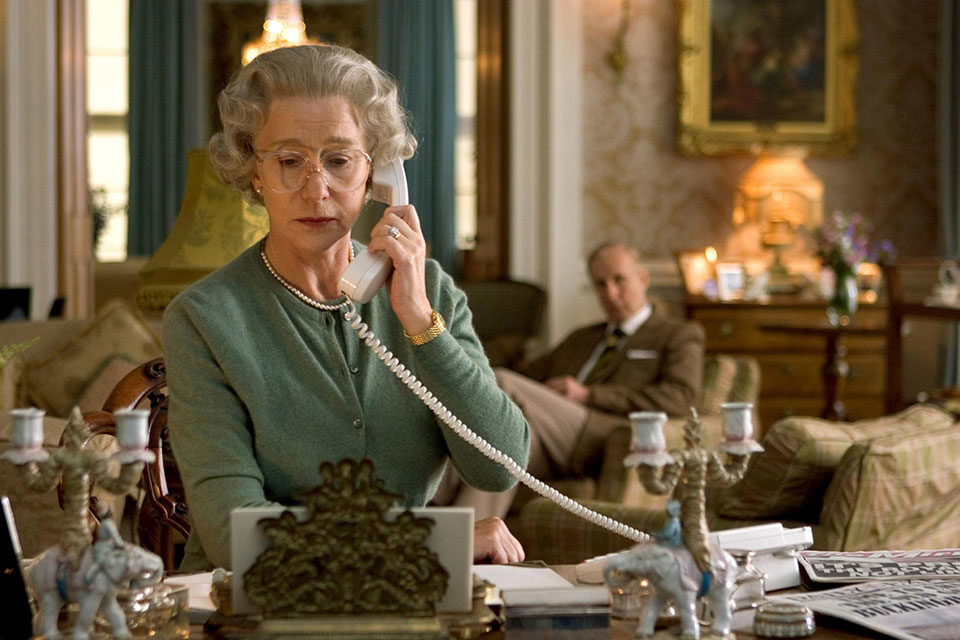
The metaphor takes on a double meaning the day Elizabeth leaves Balmoral. Learning that the stag had been shot on a neighboring estate, she visits the gazebo there. As she looks at the hanging carcass and then its head, which sits on a counter awaiting the taxidermist, the gillie beside her ironically echoes her exclamation about the stag being a beauty. Elizabeth may be contemplating how her family’s repudiation of Diana led to her death, but the fact that this monarch of the glen has been beheaded suggests the fate of Charles I, whose demise ushered in the 1649–60 republic.
Never one to genuflect to stylistic modishness, Frears directs the film with classical discretion, though often he allows news footage to take over: affecting close-ups of men and women crying in the streets; an overnight camper with a broad Liverpudlian accent telling the camera that the Queen’s actions “just aren’t good enough”; a cinematic aerial shot that pulls back from the throng outside Buckingham Palace as a cloud of smoke drifts across the frame—this followed by a grainy shot of Hollywood royalty walking up the aisle of Westminster Abbey. Frears make expressive use of angled shots to show Elizabeth’s pain: we again see her from above as she stands alone in the Balmoral kitchen, and from below as she ventures out from the palace to inspect the flowers left for Diana, which have been tagged with messages like “They didn’t deserve you” and “They have your blood on their hands.” Flowers proliferate—decorating Elizabeth’s drawing rooms, standing guard by Diana’s coffin, spreading in an ever-expanding field outside the palace gates.
The film’s structuring absence, of course, is the martyred “people’s princess” and self-anointed “queen of people’s hearts.” Seen in news clips only, Diana last appears at the end of her funeral service, in which her brother has pointedly extolled her “classlessness.” In a brilliant editorial stroke, Frears cuts in a shot of Diana looking to the left with a hint of accusation in her eyes, whereupon we see a close-up of Elizabeth. The queen isn’t dead, though—her nemesis is. When Elizabeth last appears, she’s strolling in the gardens at the palace alongside the Labour Prime Minister (who has sardonically been dubbed “Mr. Savior of the Monarchy” by Cherie). That their values have meshed feels like a betrayal.



